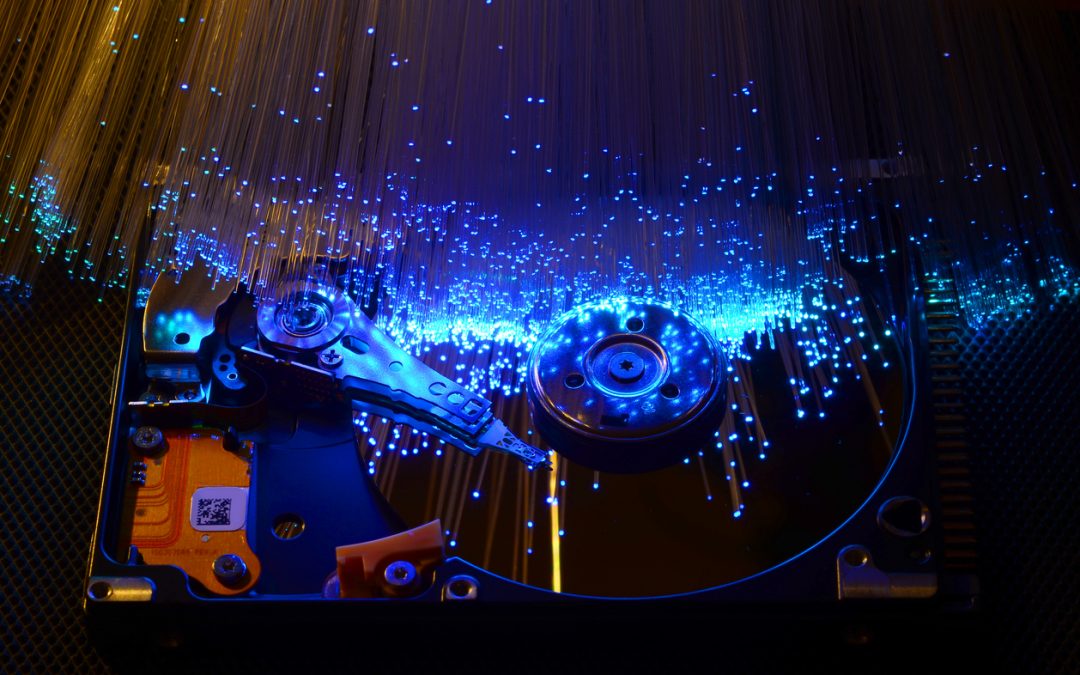In the dynamic landscape of data centers, the reliable performance of hard disk drives (HDDs) is crucial. HDDs serve as the backbone of storage systems, storing immense amounts of data across various applications and services. However, the unique composition of HDDs, comprising both mechanical and electrical elements, introduces complexities in managing their reliability within data center environments.
We at ULINK have constantly been investigating and analyzing the factors related to HDD failures over the years. Using ML models, we have developed a successful disk failure prediction tool called ULINK DA Drive Analyzer. Recently, social media giant Meta has chipped in on this body of research. Their recent paper in 2023 sheds light on the multifaceted nature of HDD failures and explores factors that influence reliability of drives. In this article, we will take a brief look at Meta’s study and the factors related to HDD failures highlighted by them.
Understanding HDD Failures
HDD failures can stem from a multitude of sources, ranging from mechanical malfunctions to electrical issues. Drive heads, storage media, electrical components, and mechanical parts all contribute to the vulnerability of HDDs. Moreover, environmental factors within data center environments can exacerbate the likelihood of failures.
Factors Influencing HDD Reliability
Meta’s research underscores four primary factors influencing HDD reliability: age, workload, temperature, and interference from vibrations.
Age
In Meta’s study, three HDD models’ failure rates were observed over several months. Each of these models showed an obvious increase in failure rates over time, demonstrating that age and failures are related to some degree. What was surprising, however, was that instead of following the traditional bathtub curve of failures, where failure rates are initially high in early drive life, stabilizing to constant rates mid-life, and rising again towards end-of-life, each drive actually started off with a very low failure rate that rose almost monotonically as time passed. This deviation from the traditional bathtub curve could be explained at least partly by the drive models themselves, which were datacenter-grade HDDs. Datacenter-grade HDDs are typically screened more rigorously by manufacturers than typical drives before shipping, so it is not surprising that these drives would start off with low failure rates early in life.
We continue with the rest of the analysis in Part 2.
QNAP Launches the AI-Powered DA Drive Analyzer 2.0 – Predicts NAS Drive Failure Within 24 Hours & Enhances Enterprise Privacy
Photo Credit: Dan74

